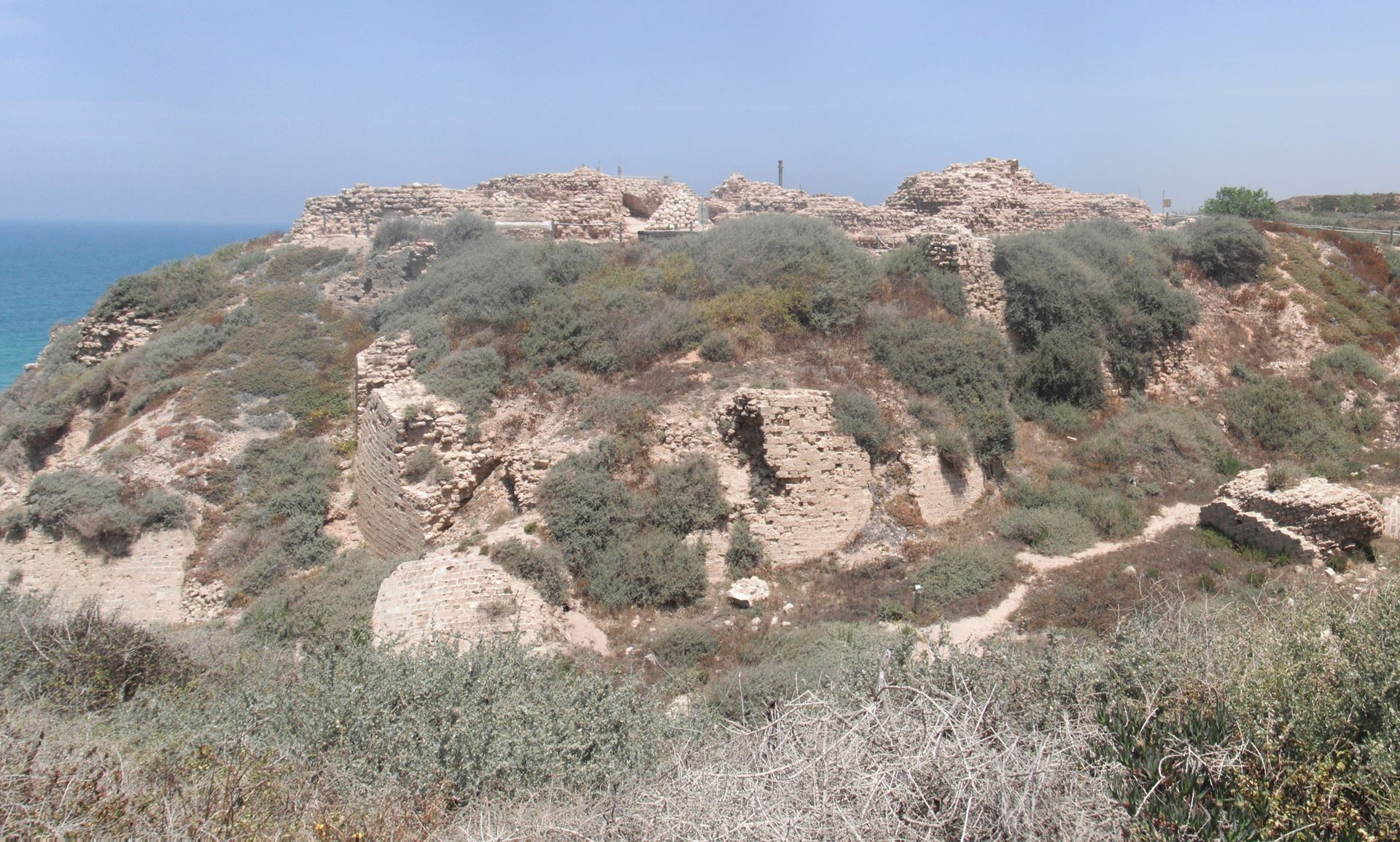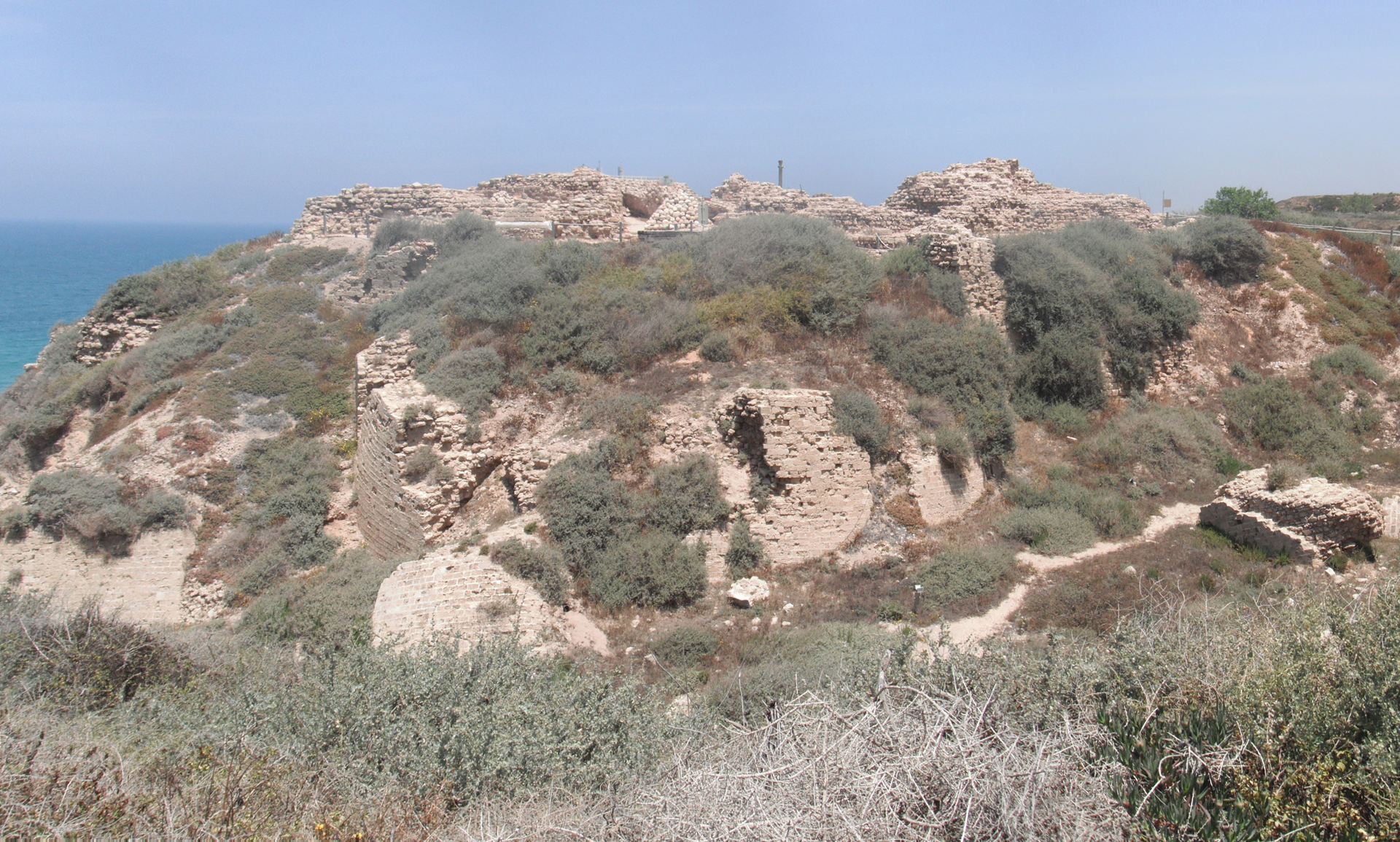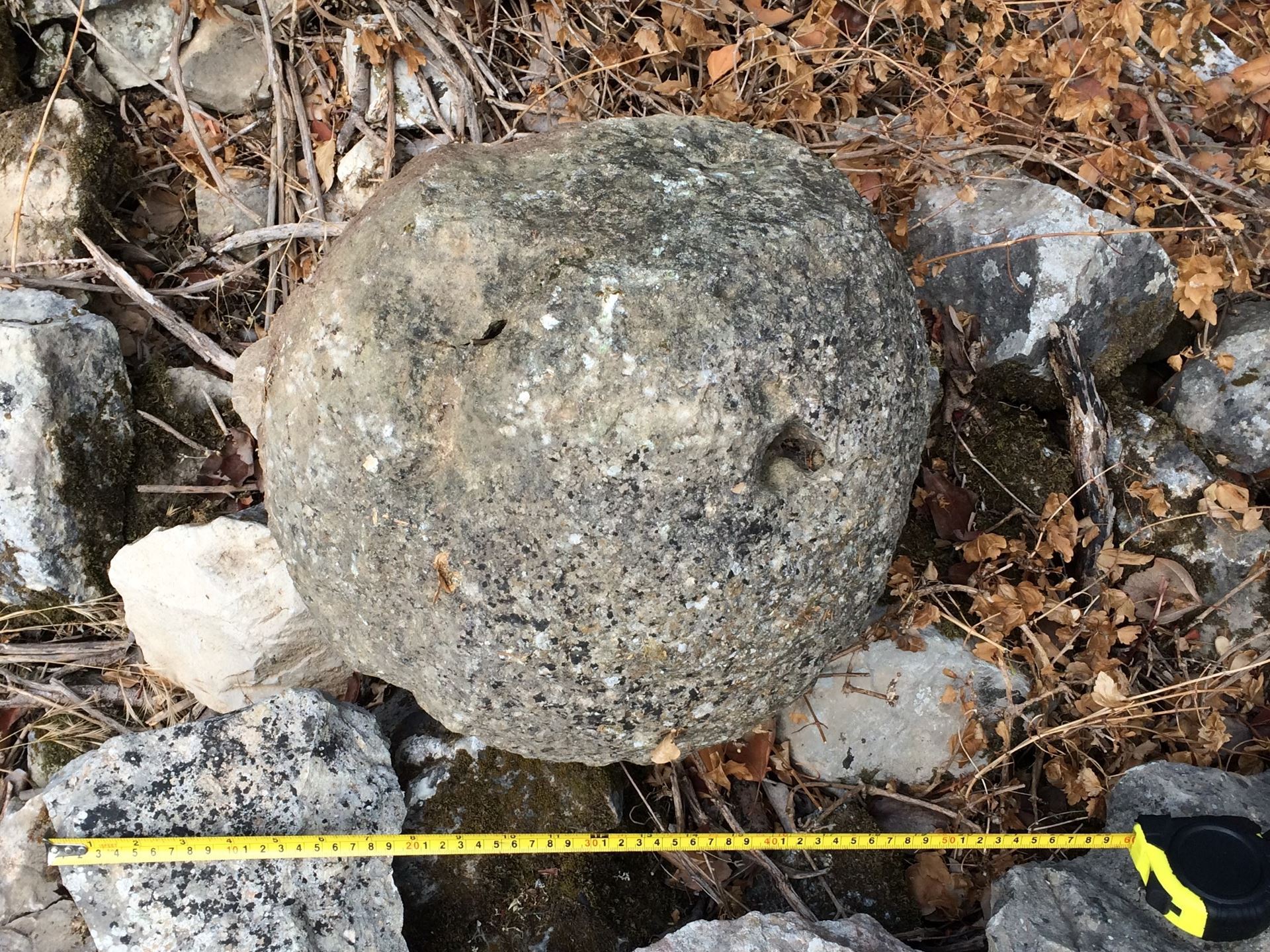Siege Warfare during the Crusades: The Development and Use of Mechanical Artillery
By Michael S. Fulton, Langara College
Mechanical artillery is perhaps the most iconic technology associated with medieval siege warfare. These engines, however, are still often misunderstood or misjudged. Perceptions of their power are often influenced by the effects of later gunpowder weapons, while evidence appropriate to the fourteenth century is at times used to inform judgements relating to earlier centuries. The aim of this line of research is to build a better understanding of this technology, its use and development during the twelfth and thirteenth centuries. To accomplish this, emphasis is placed on an exhaustive search of textual sources, with hopes of balancing the most sensational accounts, and the use of archaeological and topographical evidence wherever possible.
Beginning in 2013, this project has involved biannual seasons of fieldwork in the Levant, supported by Cardiff University (2013 and 2015) and the Zinman Institute of Archaeology at the University of Haifa (2017). Because the remains of trebuchet components have not survived, having been reused or decomposed over time, efforts have focused on the identification of medieval stone projectiles, impact signatures (discernable on the faces of standing and collapsed masonry)  and examinations of the topography surrounding twelfth- and thirteenth-century fortifications. A survey of fortified defences has also been conducted, with the objective of determining the influence of trebuchet technology on the construction of castle walls and the designs of towers.
and examinations of the topography surrounding twelfth- and thirteenth-century fortifications. A survey of fortified defences has also been conducted, with the objective of determining the influence of trebuchet technology on the construction of castle walls and the designs of towers. 


One of the most apparent results of this research has been the production of a database of identified projectiles. It is hoped that this will help with the identification and analysis of projectiles discovered through the course of future excavations  . At sites where it can be discerned where assailing trebuchets were erected, and the locations to which their projectiles were thrown, mathematical models can be created to reveal the power of the associated engines, allowing for a variety of further interpretations. These are then checked against the textual evidence and compared with contemporary assessments of mechanical power and descriptions of destruction.
. At sites where it can be discerned where assailing trebuchets were erected, and the locations to which their projectiles were thrown, mathematical models can be created to reveal the power of the associated engines, allowing for a variety of further interpretations. These are then checked against the textual evidence and compared with contemporary assessments of mechanical power and descriptions of destruction.
Among the conclusions that have been drawn so far is that twelfth- and thirteenth-century mechanical artillery was far less powerful than is often suggested. Although capable of damaging parapets and causing considerable damage to unfortified structures, these were far from the wall-breaching engines imagined by some. Significantly, there is no obvious correlation between the increasing power of mechanical artillery through the thirteenth century and the design of fortifications; walls dating to the mid-thirteenth century are often no thicker than those built a century earlier. Although the walls of some thirteenth-century towers are exceptionally thick, this is often the result of structural considerations, as these are often quite large structures with vast open spaces inside. The development of defensive systems and fortification designs appears to have been driven primarily by other factors.